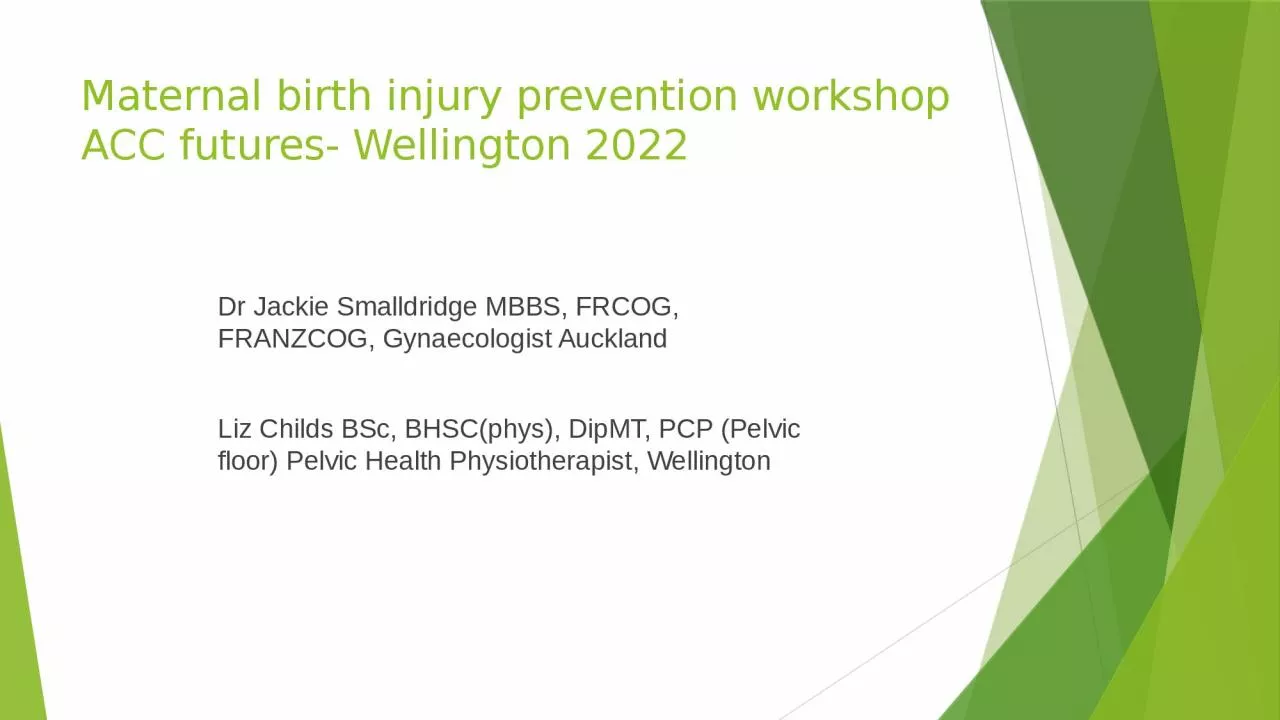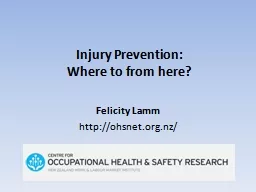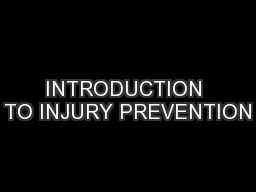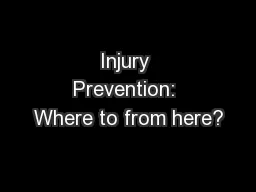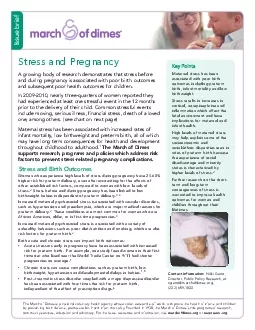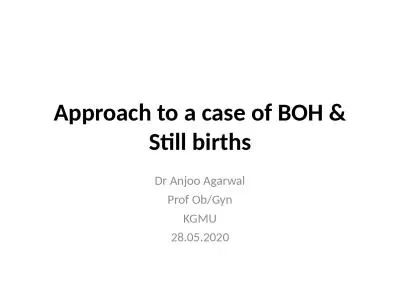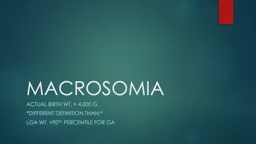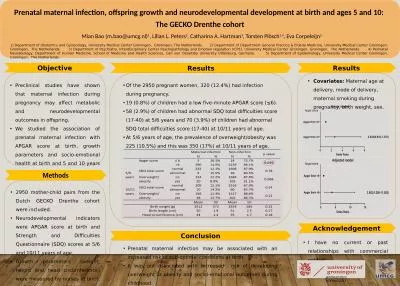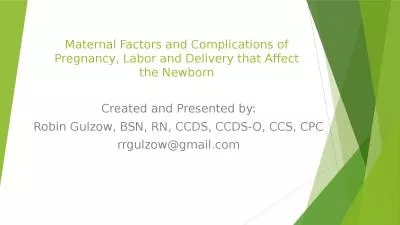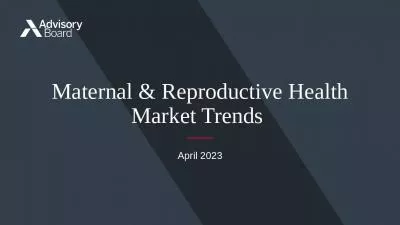PPT-Maternal birth injury prevention workshop
Author : stella | Published Date : 2024-01-03
ACC futures Wellington 2022 Dr Jackie Smalldridge MBBS FRCOG FRANZCOG Gynaecologist Auckland Liz Childs BSc BHSC phys DipMT PCP Pelvic floor Pelvic Health Physiotherapist
Presentation Embed Code
Download Presentation
Download Presentation The PPT/PDF document "Maternal birth injury prevention worksho..." is the property of its rightful owner. Permission is granted to download and print the materials on this website for personal, non-commercial use only, and to display it on your personal computer provided you do not modify the materials and that you retain all copyright notices contained in the materials. By downloading content from our website, you accept the terms of this agreement.
Maternal birth injury prevention workshop: Transcript
Download Rules Of Document
"Maternal birth injury prevention workshop"The content belongs to its owner. You may download and print it for personal use, without modification, and keep all copyright notices. By downloading, you agree to these terms.
Related Documents

